Romania year 2005 Architecture – University Library in Bucharest postage stamp MNH**
The Dimitrie Gusti National Village Museum in Bucharest is one of Romania’s most unique and significant architectural and cultural attractions. Located in Herastrau Park (now King Michael I Park), the museum is an open-air exhibition that showcases the rich diversity of Romania’s rural architecture, providing a glimpse into the traditional ways of life across the country. Here’s a detailed look at its architectural significance:
1. Historical Background:
- Established in 1936 by Romanian sociologist and ethnographer Dimitrie Gusti, the museum was founded with the goal of preserving and showcasing the authentic rural life of Romania.
- It was among the first open-air museums in Europe, offering visitors a chance to explore original, fully furnished homes, barns, churches, and mills from different parts of Romania.
2. Architectural Diversity:
- The museum features over 300 buildings collected from rural villages across Romania, providing an architectural tour of the country’s various regions. The structures on display are original, disassembled in their original locations and then rebuilt on-site.
- The architecture ranges from simple peasant homes and wooden churches to barns and mills, each built using traditional materials and techniques specific to the region they represent.
3. Styles and Regions:
- Wooden Houses (Maramureș): Some of the most striking examples of traditional Romanian architecture come from the Maramureș region. These houses are typically made from large wooden logs, with intricate wood carvings and steep roofs designed to withstand heavy snow.
- Thatched Roof Houses (Moldova and Oltenia): These homes, often built with clay or wattle and daub, feature large thatched roofs that extend low to the ground, offering protection from the elements.
- Saxon Houses (Transylvania): These are more fortified homes, built by the Saxon population in Transylvania. Made from stone and brick, they often have high walls and are painted in vibrant colors like blue and green.
- Danube Delta Houses: These homes, built in the Delta’s wetland areas, are made from reed and mud, with roofs also covered in reed, adapted for the humid and aquatic environment.
- Wooden Churches: The museum also features several wooden churches, particularly from regions like Maramureș and Northern Romania. These churches are known for their tall spires, intricate woodwork, and modest yet sacred interiors.
4. Construction Techniques:
- Most of the buildings are constructed using local materials such as wood, clay, and stone, reflecting the environmental conditions of their respective regions.
- Woodworking techniques are especially notable, with detailed joinery, intricate carvings, and functional designs that have been passed down through generations.
- Roof styles vary significantly, with some regions favoring thatched roofs, while others use wooden shingles or tiles, depending on local materials and climate.
5. Interior and Furnishings:
- Inside the houses, the museum displays authentic furniture, household items, textiles, and tools used by the rural population. Many homes feature traditional Romanian iconography and hand-woven textiles, as well as painted furniture characteristic of certain regions.
- The interiors are organized as they would have been when the homes were in use, with the central hearth often being the focal point in rural homes.
6. Cultural and Social Significance:
- The Village Museum is not just a collection of buildings but also a representation of Romanian rural life and traditions. It offers insights into social structures, agricultural practices, and the daily lives of peasants from various historical periods.
- The museum holds regular cultural events, showcasing traditional music, dance, and crafts, further bringing to life the connection between architecture and the cultural heritage it represents.
7. Preservation and Education:
- The museum plays a crucial role in preserving Romania’s rural architectural heritage, particularly as many villages have modernized and traditional construction techniques are less commonly practiced.
- It serves as an educational hub, offering visitors, especially students and architects, an opportunity to study traditional Romanian construction methods and cultural history.
8. Modern Impact:
- The museum is a major tourist attraction, drawing both domestic and international visitors. It is also a place where Romania’s younger generations can connect with the past, understanding how architecture reflects social, cultural, and environmental factors.
In essence, the Village Museum in Bucharest is a celebration of Romania’s rich architectural and cultural diversity. It offers a rare chance to see, in one location, a range of rural building styles from across the country, preserved in their authentic form. The museum stands as a testament to Romania’s deep connection to its rural roots and traditional craftsmanship.

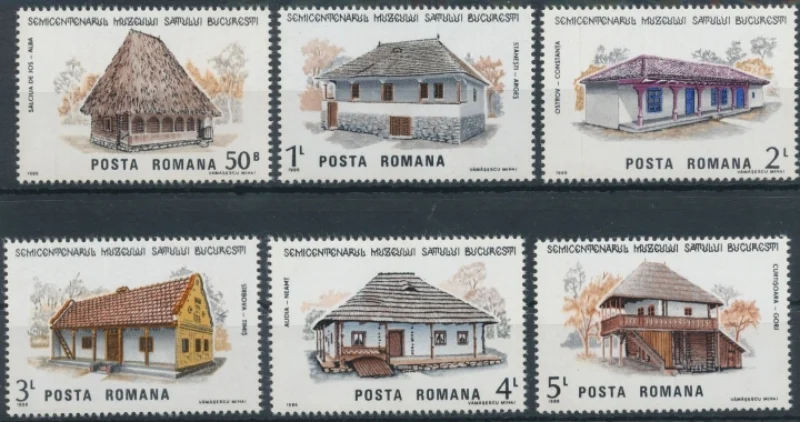
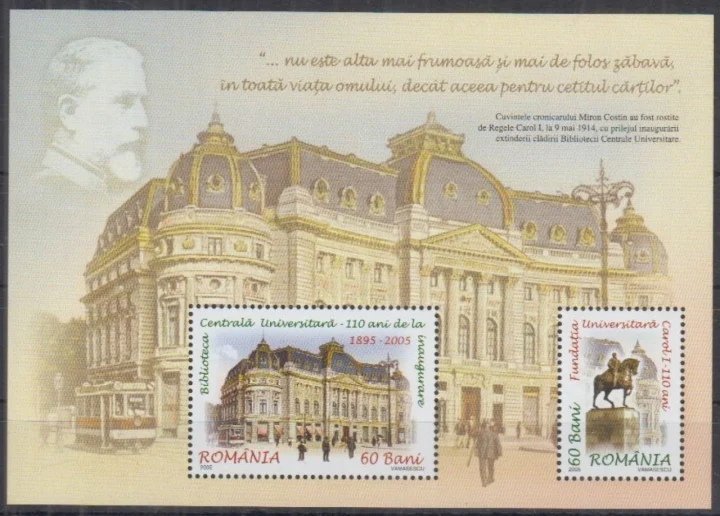
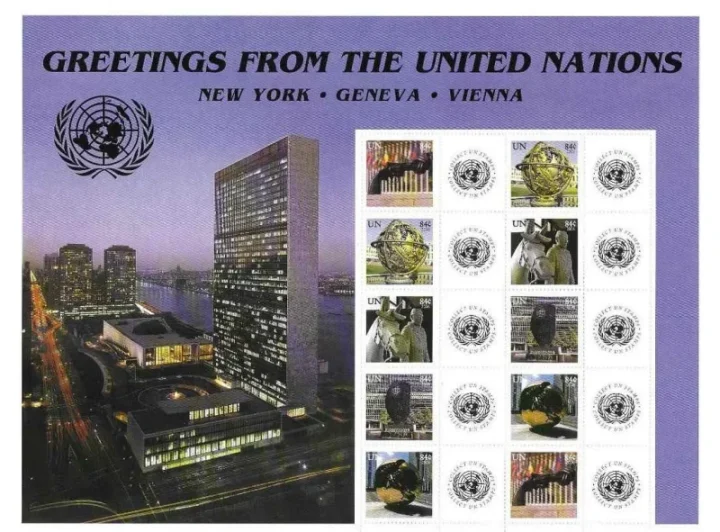

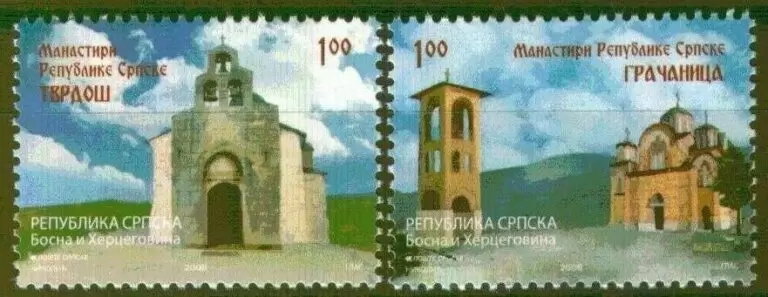
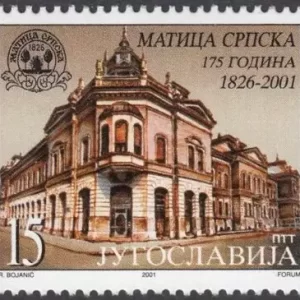


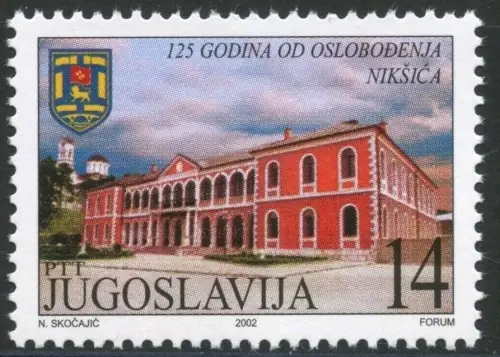

Reviews
There are no reviews yet.